Roycroft Campus
This former hub for crafty philosophers was founded by a writer who died aboard the infamous RMS Lusitania.
The Roycroft Movement was founded in 1895 by Elbert Hubbard, a Larkin Soap Company salesman. Finding inspiration in the work of British designer/novelist William Morris and art critic John Ruskin, Hubbard dialed up his zest for life and was whisked away by the tide of the Arts and Crafts Movement.
Influential throughout the world, the Arts and Crafts Movement (1880 to 1920) was largely anti-industrial and endorsed simplicity of design. The goal of the offshoot Roycrofter group (whose name means “King’s Craft” to denote quality workmanship) was to revitalize the craftsmanship of early European guilds while promoting a reformist philosophy encouraging equality as well as individual freedom and enterprise.
In addition to fostering artistry in metalwork, glass, and woodworking, Hubbard found great success in his printing operations at the Roycroft campus. He published numerous works after the success of his now-famous story A Message to Garcia including his multi-volume Little Journeys series, which contains poignant distillations about great people and places. His works were filled with aphorisms derived from the stories like “Life without industry is guilt. Industry without art is brutality.”
Racy humor also appeared in Hubbard’s writings, particularly in his magazine The Philistine, which led to his conviction on six violations of federal obscenity laws owing to his use of the mail to distribute the publication. Eventually, Hubbard successfully appealed to President Wilson for a pardon so that he might regain his passport and travel overseas to report on World War I. He and his wife, noted suffragist Alice Moore Hubbard, left New York in May 1915 aboard the ill-fated RMS Lusitania. Both perished after the ship was struck by a torpedo fired from a German U-boat.
The Roycroft movement survived long after Hubbard’s violent demise, continuing operations until 1938, when the Great Depression finally ended the experiment. The movement was revived in the 1970s and the symbol Hubbard used to mark all of his community’s work was altered from bearing a single “R” to contain a double “R” indicating a “Roycroft Renaissance.”
Today, the campus features nine of the original 14 buildings and continues to undergo restoration and upgrades that began in 1988. In addition to shops and artist studios, the campus hosts a museum and the Roycroft Inn that features a restaurant and luxury accommodations designed in classic Roycroft style.
Know Before You Go
The campus is open daily from 10 a.m. to 5 p.m. Tours are available for a fee.


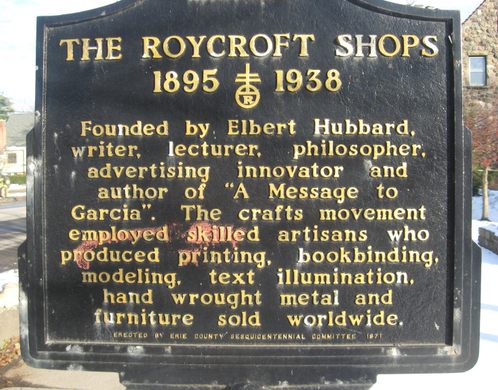
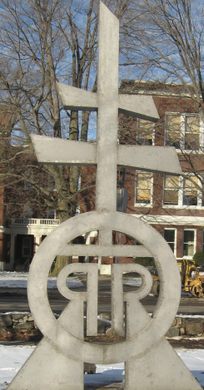
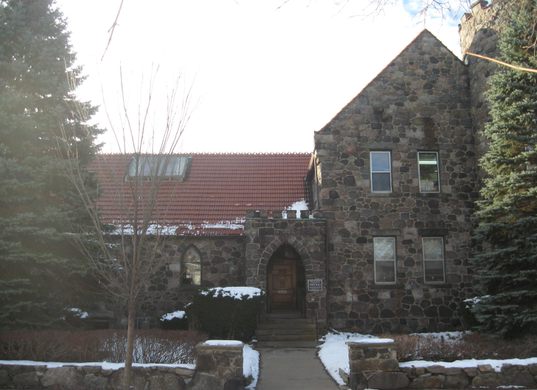


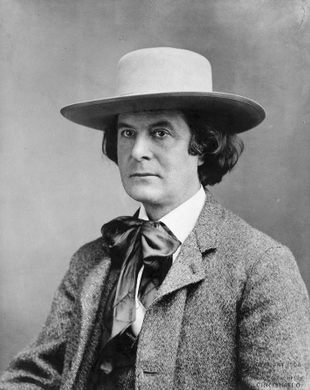

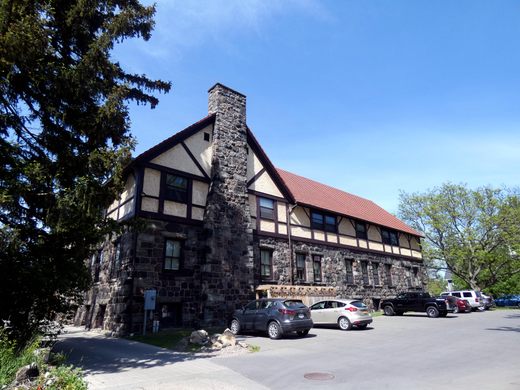







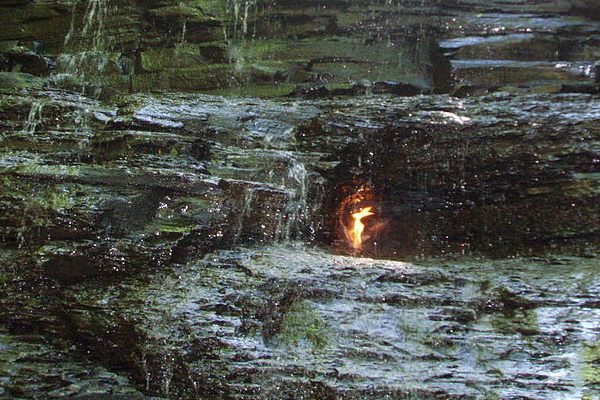

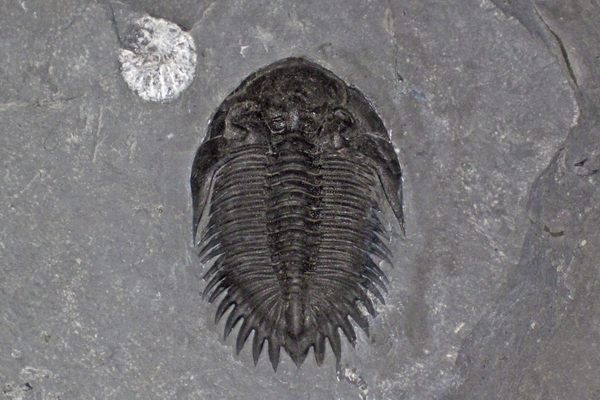
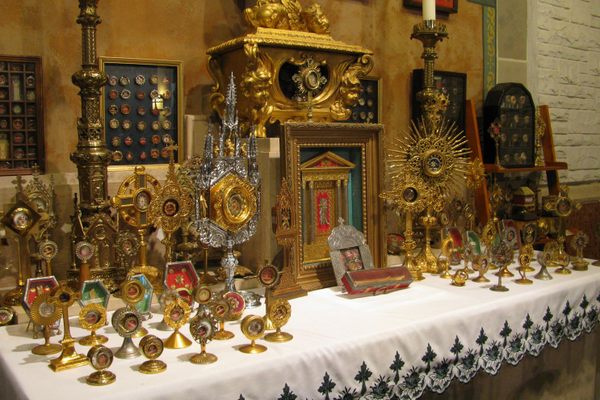





Follow us on Twitter to get the latest on the world's hidden wonders.
Like us on Facebook to get the latest on the world's hidden wonders.
Follow us on Twitter Like us on Facebook